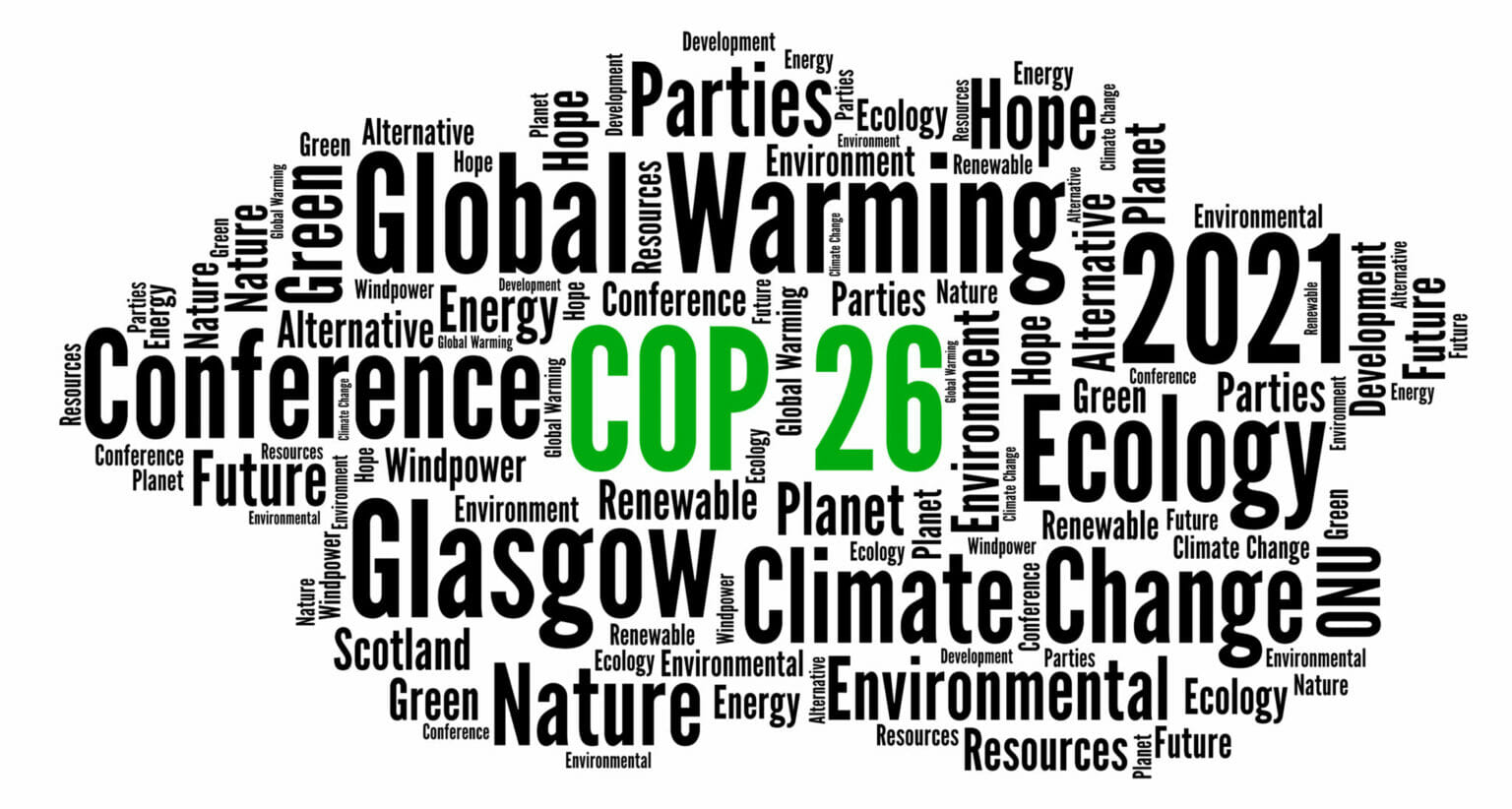Sign up to receive our weekly newsletter.
In a virtual address to the United Nations General Assembly on Tuesday, Chinese president Xi Jinping announced that China will no longer finance the building of any new coal-fired plants abroad. The New York Times’ international climate reporter, Somini Sengupta, took to Twitter to break down the significance of the pledge by China, the largest financier of coal projects globally.
The promise could apply to what Sengupta called “a whopping 40 gigawatts” of new coal power plant projects. Xi, however, didn’t discuss China’s domestic coal-powered plants; it remains the world’s largest producer of coal domestically, by far. Last year alone China began operating 38.4 gigawatts of coal-powered plants within their borders. Nevertheless, China’s pledge to stop building new plants is a promising move and one that, Sengupta tweeted, “shows the power of pressure, including from citizens groups in a range of countries, from Bangladesh to Vietnam to Kenya, who have stood up and said no more coal plants.” It’s important to note, too, that the move makes economic sense: In much of the world, wind and solar are now cheaper than old-fashioned dirty energy.
US president Joe Biden, who spoke ahead of Xi on Tuesday, also made climate part of his address. His administration, he said, would work with Congress to double funds by 2024 to $11.4 billion per year to help developing nations deal with climate change. That pledge is aimed, in part, at encouraging rich countries to honor their Paris Agreement commitment to provide poor countries collectively with $100 billion a year in climate aid starting in 2020.
Unlike his Chinese counterpart, Biden must act under the constraints of an independently elected legislature, and the power divide in Congress is challenging his ability to deliver on his goal of cutting emissions in half by 2030 compared to 2005 levels. Were Biden’s emission reductions plan to succeed, it would put the US on track to helping meet the Paris Agreement goal of limiting global warming to 1.5 degrees Celsius. But getting there depends on whether Congress delivers on the $3.5 trillion budget reconciliation bill—a de facto climate bill—now being debated on Capitol Hill. That’s an under-reported climate story that CCNow’s Andrew McCormick writes about in a new column.
The pledges made by Xi and Biden, who represent the two largest greenhouse gas emitters, show that world leaders are feeling the pressure to take climate action. They’re a demonstration, too, that big international convenings like the UN General Assembly and the upcoming COP26 summit represent deadlines for big action.
The outstanding question is: Who will hold accountable Xi, Biden, and all the world leaders who pledge climate action at UNGA and COP26? Journalists should follow these storylines and hold their feet to the fire to make sure they aren’t just empty promises.
FROM US
Explainer: How to cover COP26. We just published a robust explainer on how journalists who are covering the historic summit either on the ground or remotely can help audiences understand what’s at stake with robust, insightful coverage. Read it…
Press briefing wrap. See tips for covering COP26, read key takeaways, and watch video of our first press briefing on the upcoming global climate summit in Glasgow. Check it out…
Media analysis. The $3.5 trillion budget reconciliation bill vis-a-vis COP26 is all but absent from the news. Unless journalists connect the dots for readers, audiences will likely fail to grasp the enormity of what’s at stake, writes CCNow’s deputy director Andrew McCormick. Read it…
On the Media. CCNow’s executive director, Mark Hertsgaard, spoke to WNYC’s “On the Media” about the “baffling” TV news coverage of Hurricane Ida, how some news organizations are flipping their positions on climate, and the media’s responsibility to report on “the good, the bad, the ugly, but also the possible” of the climate story. Listen…
ESSENTIAL NEWS
Hopeful. The US and EU are taking the lead on a new methane reduction pledge, and several of the world’s top polluting countries are already on board — an early, hopeful sign of the agreements that could come out of COP26. Given the super heat-trapping nature of methane, emissions reductions could deliver quick progress towards limiting warming. From Bloomberg…
Breathe deep. For the first time in 16 years, the World Health Organization has revised its guidelines on air pollution. Millions of people die from indoor and outdoor air pollution every year. The revised air quality guidelines will not only support global public health, but also help fight climate change. From The Times of India…
Consign coal to history. A climate think tank declared that there’s no doubt about it: Coal, and specifically new coal projects, just don’t make sense. And they don’t make cents, either. Since the Paris Agreement in 2015, there’s been a 76% reduction in proposed coal power globally. From The Weather Channel…
Too hot. President Biden announced government-wide strategies to support American workers and vulnerable populations in a warming world. This includes new workplace standards, as well as cooling assistance for people in their homes and in cooling centers. From Inside Climate News…
Water crisis. Capital & Main has just launched “Drought Nation,” a series examining California’s water crisis, made worse by climate change. One million low-income residents do not have access to safe drinking water, according to water authorities. Potential remedies are complicated and will require multiple approaches, some big, some small. From Capital & Main…
A beauty. In the runup to COP26, The Mirror has produced a stunning feature on how climate change is affecting the United Kingdom, the communities that are fighting back, and what the country’s most iconic landmarks could look like as a result of the climate crisis — complete with impactful before and after photos. From The Mirror…
What the heck is “mitigation”? Dealing with the climate emergency is hard enough as it is. Jargon and terminology shouldn’t make it harder. A recent report finds that the public is confused about the most commonly used climate terms and urges scientists and journalists to do a better job communicating climate. From NPR…
Late night, last night. Seven hosts of comedy programs came together on Wednesday for “Climate Night” to raise awareness about the climate crisis — telling jokes, interviewing climate activists, and highlighting the $3.5 billion reconciliation plan now before Congress. From The Hollywood Reporter…
REPUBLICATION RECOMMENDATIONS
The following stories deserve special consideration for republication by CCNow partners:
- Will taxpayers bear the cost of cleaning up America’s abandoned oil wells? – From the Guardian’s & CCNow’s “Climate Crimes” series
- California’s Water Crisis is Real. What Are the Solutions? – Capital & Main
- Guess who’ll get hit hardest by California’s severe water shortage? – Capital & Main
- Indigenous leaders face barriers to UN climate conference – Indian Country Today
For partner outlets: To submit stories for sharing, please use this form. Instructions for republishing and the full list of stories available for republication can be found in our Sharing Library.
ODDS & ENDS
Reporting opportunity. On Friday, September 24, Fridays for Future will hold a global climate strike demanding intersectional climate justice. Read about it…
Black climate storytellers webinar. On Monday, October 4, BlackOak Collective is hosting a discussion with four journalists about their experiences as Black climate storytellers. Learn more and RSVP…
Climate language webinar. On Tuesday, September 28, The New Republic will hold a panel on how the language we use to report on, write about, speak about, and debate climate change affects our sense of who’s responsible. Learn more and RSVP…
Grants. Journalismfund.eu has two major new grant programs for environmental journalism: one for cross-border teams of journalists and news outlets and another for organizations. Learn more…
Fellowship. The Solutions Journalism Network is seeking proposals from journalists who are leading or want to lead a project that will produce solutions journalism stories. Learn more…
Jobs. Gizmodo is looking for a staff reporter. The LA Times is recruiting a reporter based in Northern California. The New York Times is hiring a climate newsletter writer and reporter.
Thanks for reading, and see you next time!
If you have any feedback on this newsletter, or know of information that should be included here, shoot us a note at editors@coveringclimatenow.org


